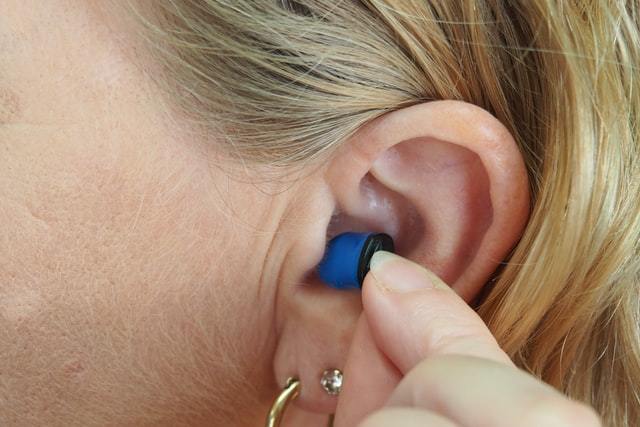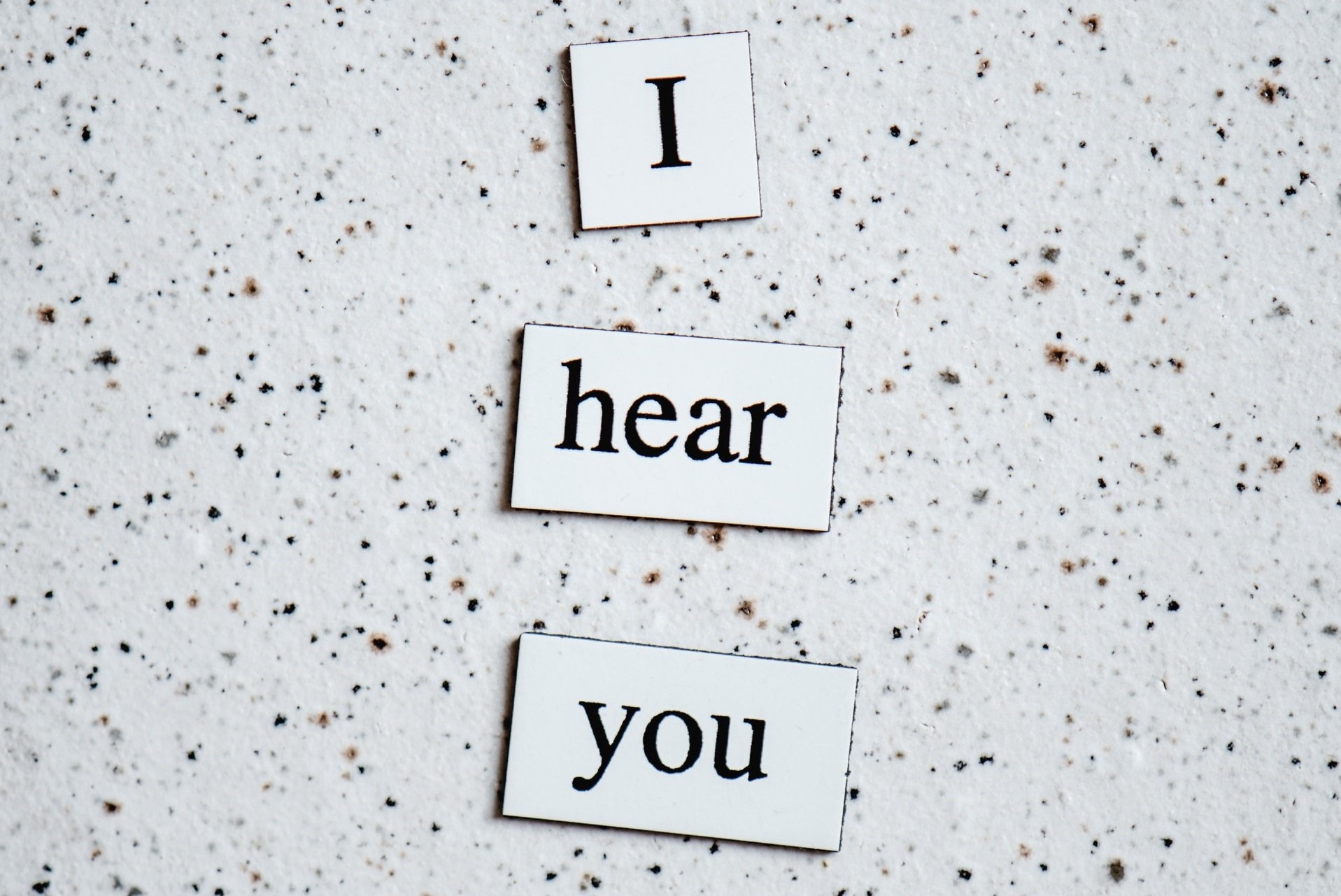
Hearing loss is a pervasive and global problem; the World Health Organization (WHO) estimates that almost 500 million people throughout the world have some form of hearing loss (Deafness and Hearing Loss). By the year 2050, over 900 million are expected to suffer from hearing loss. There are many conditions that result in hearing problems or hearing loss; let’s discuss some of the most common.
Contents
Conductive Hearing Loss
The three parts of your ear, the outer, middles, and inner ear, work together to funnel sound waves to your auditory nerve and to your brain for processing as sound. Conductive hearing loss occurs when sound cannot pass through the outer or middle ear. Some of the causes of conductive hearing loss include:
- Fluid buildup in the middle ear, resulting from common colds or allergies
- Perforated eardrum
- Tumors, which may partially or completely block the ear canal
- Earwax blockage in the ear canal
- Foreign object in the ear (more common in children that may place an object in their ear)
- Outer or middle ear malformations
Treatments for conductive hearing loss may include surgery, in the case of congenital ear malformations or the development of tumors. If surgery is not an option, then some conductive hearing loss can be treated with hearing aids, depending on the severity of hearing loss and the status of the auditory nerve. Another treatment option for conductive hearing loss is the implantation of bone-conduction hearing aid, which bypasses the ear canal and transmits sound via bone to the auditory nerve.
Sensorineural Hearing Loss
Sensorineural hearing loss is by far the most common type of hearing loss, affecting approximately nine out of 10 people that suffer from hearing loss (Causes of Sensorineural Hearing Loss). While conductive hearing loss affects the outer and middle ear, sensorineural hearing loss affects the inner ear. Within the inner ear is the cochlea, a fluid-filled organ that receives sound waves transmitted from the eardrum and through the middle ear bones. Movements of the fluid stimulate hair cells, which are then received by the auditory nerve. When hair cells are damaged, sounds at certain frequencies can no longer be received by the auditory nerve.
Sensorineural hearing loss affects both the volume of sounds you hear, and the clarity of those sounds. Most people lose the ability to hear sounds in higher frequencies, such as birds chirping, or the voices of women and children. Sensorineural hearing loss has many causes, including:
- Age-related hearing loss, or presbycusis
- Ototoxic medications, or medications that harm normal ear function
- Diseases or infections, such as meningitis, measles, and mumps
- Head trauma
- Noise-induced hearing loss
Unfortunately, once hair cells in the inner ear are damaged, they no never grow back. As a result, sensorineural hearing loss is permanent. Depending on the severity of hearing loss, hearing aids can greatly help some gain back some hearing. Hearing aids are designed to amplify the specific frequencies in which a person has lost hearing. In cases of profound hearing loss, a cochlear implant, which is implanted in a person’s skull and bypasses the inner ear altogether, may be an option.
Ménière’s Disease
The inner ear contains compartments known as the labyrinth. Within the labyrinth are organs responsible for our sense of balance: the semicircular canals and otolithic organs, as well as the cochlea. The labyrinth is filled with endolymph, a fluid that transmits our body movements to receptors; these receptors send signals to the brain about our body positioning.
In people who suffer from Ménière’s disease, there is a buildup of endrolymph in the labyrinth. This buildup interferes with both hearing and balance. Symptoms of Ménière’s disease can include bouts of severe dizziness, vertigo, tinnitus, and hearing loss. These bouts may happen periodically every few weeks for some people, or much more frequently for others. This usually affects only one ear, and most often occurs to people older than 40 years of age. Meniere’s disease affects over 600,000 people in the United States.
There is currently no cure for Ménière’s disease, but there are several treatments that doctors recommend to alleviate some of the symptoms associated with Ménière’s disease:
- Medications such as meclizine, diazepam, or lorazepam can help relieve some of the dizziness and vertigo and decrease the length of an attack
- Dietary modifications, such as limiting salt intake and taking diuretics, can help reduce body fluids, which can help lessen fluid pressure in the inner ear. Avoiding caffeine, chocolate, alcohol, and smoking may also lessen symptoms
- Injections into the inner ear, either the antibiotic gentamicin or corticosteroids, can be used to control dizziness and vertigo; doctors generally prefer corticosteroids as gentamicin can damage hair cells in the cochlea, resulting in hearing loss
- A device that fits into the outer ear and periodically delivers a pulse of air pressure to the middle ear has recently been approved by the FDA; these air pressure pulses reduce or prevent dizziness
- In extreme cases, doctors may perform surgery to relieve the symptoms of Ménière’s disease; the surgery consists of decompressing the endolymphatic sac or cutting the vestibular nerve
Tinnitus
If you hear a constant ringing or buzzing in your ears, then you may suffer from tinnitus, as do approximately 15 to 20 percent of people. Tinnitus is the sensation of sound when no sound is present. The sound may present as a ringing, buzzing, roaring, hissing, or humming. Tinnitus isn’t considered serious, although it may be irritating to people dealing with it. It’s actually not a condition by itself; it’s a symptom of some other condition, such as:
- Age-related hearing loss: inner ear hair cells become damaged with age, and this damage may trigger tinnitus in some people
- Noise exposure: short-term tinnitus can occur from attending a noisy concert or party, but permanent tinnitus can result from noise-induced hearing loss after repeated exposure to dangerously loud sounds.
- Earwax: a blockage or accumulation of earwax can interfere with normal sound transmission and cause tinnitus
- Abnormal bone growth: otosclerosis is the hardening of middle ear bones; this condition can cause hearing loss and the development of tinnitus
Treatment of tinnitus involves treatment of the underlying condition, if possible. This may include removing earwax, surgical intervention, or hearing aids. If the tinnitus cannot be treated, then ways of coping with the sound are used, such as white noise machines and tinnitus retraining.
Ear Infections
Most ear infections affect the middle ear, where the usually air-filled space behind the eardrum fills with fluid and causes pain and sometimes hearing loss. An ear infection is usually caused by a bacterium or virus; a common cold, the flu, or an allergy all could be triggers for an ear infection. An infection in the tonsils or adenoids can easily travel up the eustachian tubes and infect the ear. Children are much more prone to ear infections than adults.
Ear infections often resolve themselves without any treatment, so doctors may start by managing the associated pain and discomfort with acetaminophen or ibuprofen. If, after a few days or weeks, the infection has not resolved, the doctor may prescribe antibiotics to treat the ear infection. More serious or chronic ear infections may require a surgical procedure to install tubes that allow excess fluid to drain from the middle ear.
The information in this guide has been written using the following reliable sources:
https://www.asha.org/public/hearing/Sensorineural-Hearing-Loss/
https://www.asha.org/public/hearing/conductive-hearing-loss/
https://www.hearingloss.org/hearing-help/hearing-loss-basics/menieres/
https://www.hearingloss.org/hearing-help/hearing-loss-basics/types-causes-and-treatment/
https://www.mayoclinic.org/diseases-conditions/tinnitus/diagnosis-treatment/drc-20350162
https://www.mayoclinic.org/diseases-conditions/tinnitus/symptoms-causes/syc-20350156
https://www.mayoclinic.org/diseases-conditions/ear-infections/diagnosis-treatment/drc-20351622
https://www.mayoclinic.org/diseases-conditions/ear-infections/symptoms-causes/syc-20351616
https://www.who.int/news-room/fact-sheets/detail/deafness-and-hearing-loss
https://www.healthyhearing.com/report/50276-Common-causes-of-sensorineural-hearing-loss








